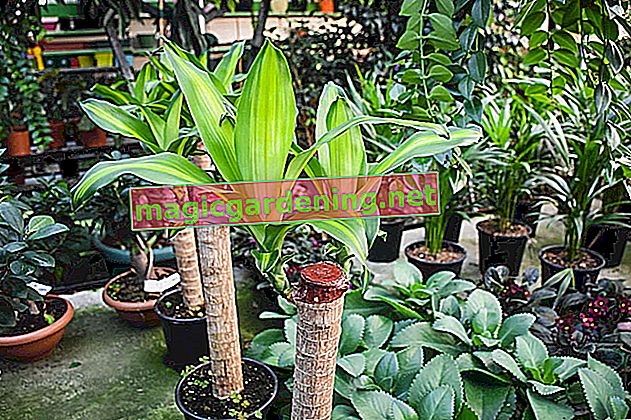
Kentia palms are not toxic to cats
Kentia palms do not contain any toxins in any part of the plant. Even if parts of the fronds were consumed by the cat or children, there would be no risk of poisoning. However, the risk of swallowing should not be underestimated.
also read
- The Kentia palm is not poisonous
- Do not water the Kentia palm too much
- Yellow leaves of Kentia palm - signs of pests
The care of Kentia palms in the home is definitely a benefit for all family members. The Kentia palm contributes to a healthier indoor climate because it filters pollutants from the air. It also produces a comparatively large amount of oxygen.
Find a safe location
Even if the Kentia palm poses no danger to the cat per se, you should make sure that the palm is placed in a child and cat-safe location.
If the cat tampered with the fronds, it could tear the plant and injure itself. Accidental potting would not be particularly beneficial for the Kentia palm either, especially if the long tap roots are damaged in the process.
The Kentia palm should also be protected from being eaten by the cat. On the one hand, the animal can choke on the parts of the plant, and on the other hand, it harms the palm if its fronds are nibbled on. Damaged leaves do not look very decorative and will not grow back.
Tips
Kentia palms can be put outside in summer. But make sure that the temperatures are high enough just at night. If they drop below 16 degrees, brown spots develop on the fronds.








